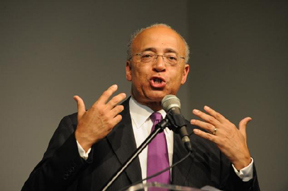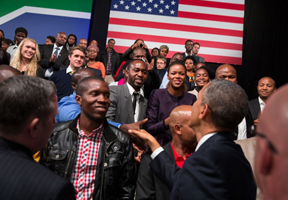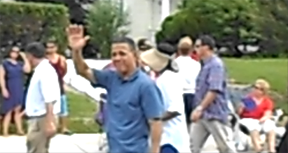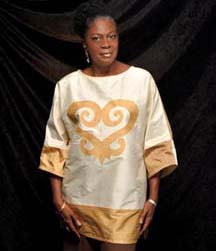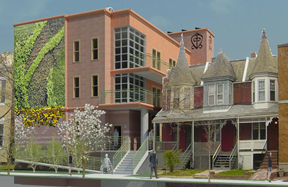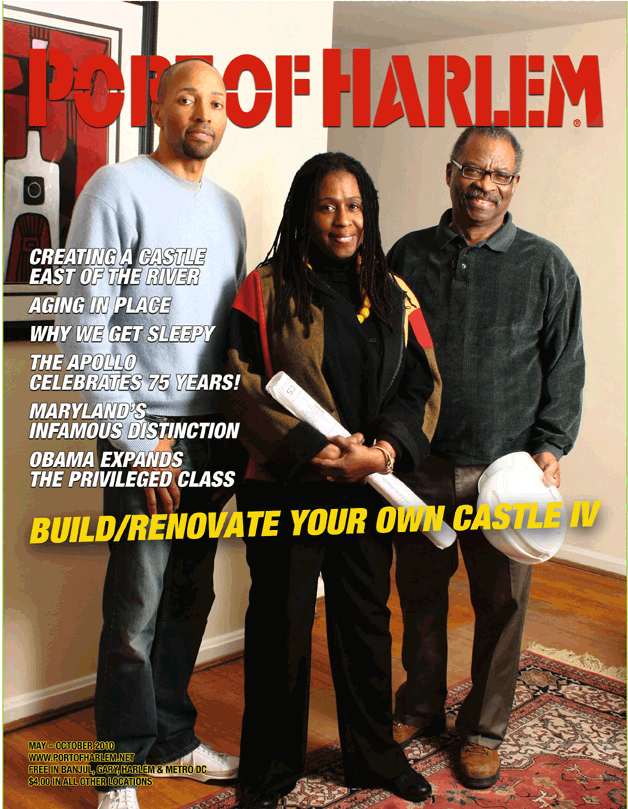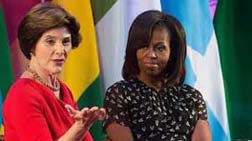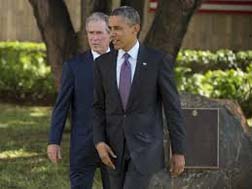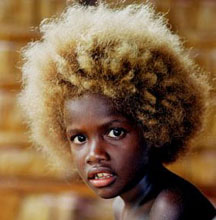
But, as still often happens when America recalls "its" history, the presence and contributions of African Americans receives scant, if any, attention. One supposed excuse is that since no Black regiments took part in the combat, Blacks did nothing or were not there. Gettysburg's hidden Black history, however, tells a different story.
James and Sarah Warfield owned a 13-acre farm on the infamous and bloody Seminary Ridge, where he also had a blacksmith shop. The Confederate general Longstreet may have used his house as a temporary headquarters. The assaults there literally tore Warfield's property apart. He was never compensated. In 1871, he moved a few miles west of Gettysburg to Cashtown, PA and died there in 1875. Elsewhere on the ridge, which itself was 40 feet high and about two miles long, were the farms of John Fisher and Abraham Brian (or Bryan). Fisher, who died not long after the battle, made sure his log cabin and land passed into the hands of another African American from Gettysburg named Basil Biggs. He had tenant-farmed on what became the battlefield and was a veterinarian. He was also quite active in the local Underground Railroad (UGRR).
By 1860, Brian had a farmhouse and barn on the battleground and another house near the Emmitsburg Road that he rented to Meg Palm, an African American woman who had attained quite a reputation for her daring on the UGRR. Brian returned after the battle to find his farmhouse and barn pockmarked with bullet holes, windows shot out, crops and orchards trampled, furniture smashed or tossed about and fences missing or knocked down. He filed a claim for $1,028 in damages. He received $15. He and Biggs took jobs burying fallen Union soldiers at the rate of a dollar a body. Ten years later he died and was buried in Lincoln Cemetery, Gettysburg's African American burial ground. Brian's farmhouse and barn still stand on the battleground today.
African Americans took part in an engagement that was a significant prelude to Gettysburg. On June 28, 1863, 53 Black men were part of a force of 175 that fought rebel forces and burned the Wrightsville-Columbia Bridge thereby preventing a Confederate invasion of Lancaster and Dauphin Counties and perhaps saving Harrisburg and Philadelphia as well.
Not only were there scores of Black teamsters, hostlers and other noncombatants on the Union side at Gettysburg, but there were also hundreds of similar noncombatants on the Confederate side at the battle. And there were local Black women like Lydia Smith who cared for the wounded regardless of the color of their uniforms.
The most shameful aspect of the battle was the wholesale "slave-hunting" engaged by advance units of rebel cavalry. Many Blacks, whether free-born or formerly enslaved, were forcibly carried south against their will, without any legal recourse on spurious claims that they were all escaped slaves. Lucky Blacks hid or hurriedly left town and those who resisted were frequently killed.
Finally, fast forward to the 1930s and credit an all-Black Civilian Conservation Corps unit for the landscaping work that provides the battlefield’s current appearance that thousands of Americans are celebrating today.
Photo: Abraham Brian (or Bryan) farmhouse at Gettysburg.



